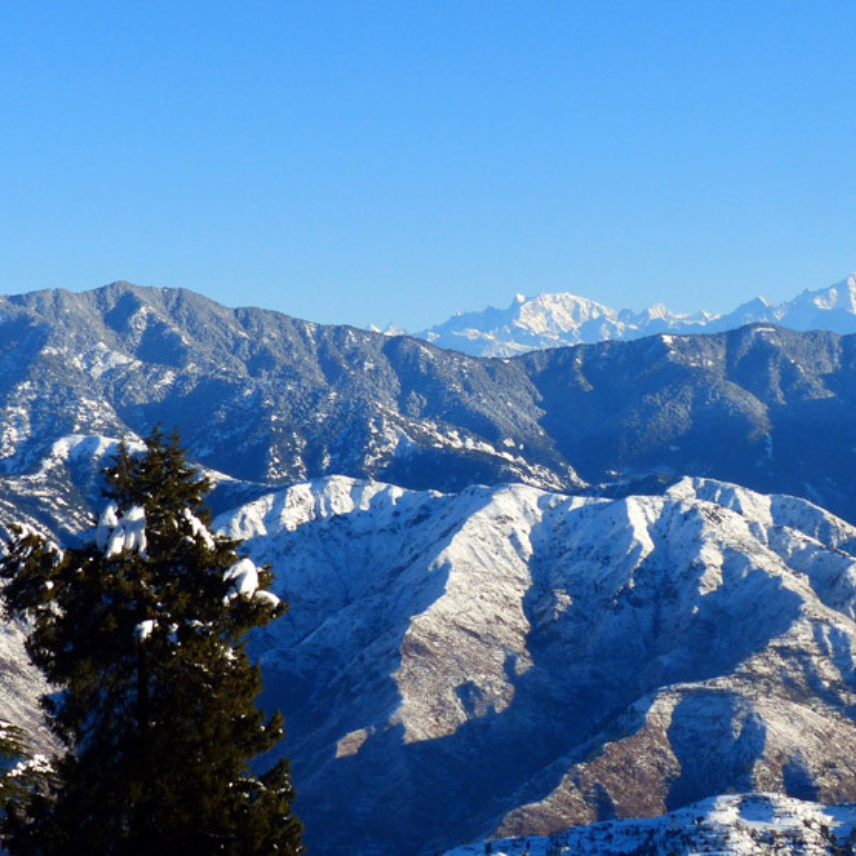Nag Tibba, often referred to as the “Serpent’s Peak,” is a captivating destination for trekkers and nature enthusiasts in the Indian Himalayas. Situated in the state of Uttarakhand, this mountain offers a blend of natural beauty, cultural significance, and adventure.
Nag Tibba, often referred to as the “Serpent’s Peak,” is a captivating destination for trekkers and nature enthusiasts in the Indian Himalayas. Situated in the state of Uttarakhand, this mountain offers a blend of natural beauty, cultural significance, and adventure. In this blog, we’ll explore everything you need to know about Nag Tibba, from the trek itself to tips for making the most of your experience.
Introduction to Nag Tibba
Nag Tibba stands at an elevation of 3,022 meters (9,915 feet) and is part of the Garhwal Himalayas. The name "Nag Tibba" translates to "Serpent’s Peak" in the local Garhwali language. The mountain is named after the serpent deity that is believed to inhabit the region, and it holds a place of reverence in the local folklore.
The Trek
Trek Overview
The Nag Tibba trek is often considered a relatively easy to moderate trek, making it ideal for beginners as well as seasoned trekkers looking for a short adventure. It’s a perfect weekend getaway from the hustle and bustle of city life, providing a refreshing escape into nature.
Day 1: Dehradun to Pantwari and Trek to Nag Tibba Base Camp
- Dehradun to Pantwari: The journey begins from Dehradun, the nearest major city, from where you’ll drive to Pantwari village. The drive takes approximately 2 to 3 hours, covering a distance of around 90 kilometers (56 miles).
- Pantwari to Base Camp: From Pantwari, the trek to the base camp of Nag Tibba begins. The trail is well-defined and takes you through lush forests of oak, rhododendron, and pine. The ascent is gradual, and you’ll reach the base camp in about 4 to 5 hours.
Day 2: Base Camp to Summit and Return
- Summit Push: Early in the morning, you’ll set out for the summit. The trek to the top is about 2 to 3 hours from the base camp. As you ascend, you’ll be rewarded with panoramic views of the snow-capped peaks of the Himalayas, including the Swargarohini, Bandarpoonch, and Kedarnath ranges.
- Descent and Return: After spending some time at the summit, you’ll begin your descent back to Pantwari and then drive back to Dehradun.
Best Time to Visit
The best time to undertake the Nag Tibba trek is from March to June and September to November. During these months, the weather is pleasant, and the skies are clear, offering stunning views. Avoid the monsoon season (July-August) as the trails can be slippery and prone to landslides.
What to Pack
- Clothing: Dress in layers. A good base layer, insulating layer, and a waterproof outer layer are essential. The temperature can vary, so be prepared for both warmth and chill.
- Footwear: Sturdy trekking shoes with good grip are a must. The trails can be uneven and rocky.
- Essentials: Carry a water bottle, high-energy snacks, sunscreen, a hat, and sunglasses. A first-aid kit and a flashlight or headlamp are also important.
Local Culture and Cuisine
The region around Nag Tibba is home to the Garhwali people, who have a rich cultural heritage. You can experience traditional Garhwali hospitality and cuisine in the local villages. Try dishes like Aloo Keema, Phaanu, and Chainsoo, which are staples of Garhwali food.
Sustainability and Responsible Trekking
As with any trekking destination, it’s crucial to follow responsible trekking practices. Carry all your trash with you, respect local customs, and avoid disturbing wildlife. The pristine beauty of Nag Tibba is preserved by the efforts of conscientious trekkers.
Conclusion
Nag Tibba offers a serene and gratifying trekking experience with its lush landscapes, captivating views, and cultural charm. Whether you’re looking to escape the city for a weekend or seeking a new adventure, Nag Tibba is a destination that promises both challenge and tranquility.
Happy trekking! If you have any experiences or tips from your Nag Tibba adventure, feel free to share them in the comments below.



